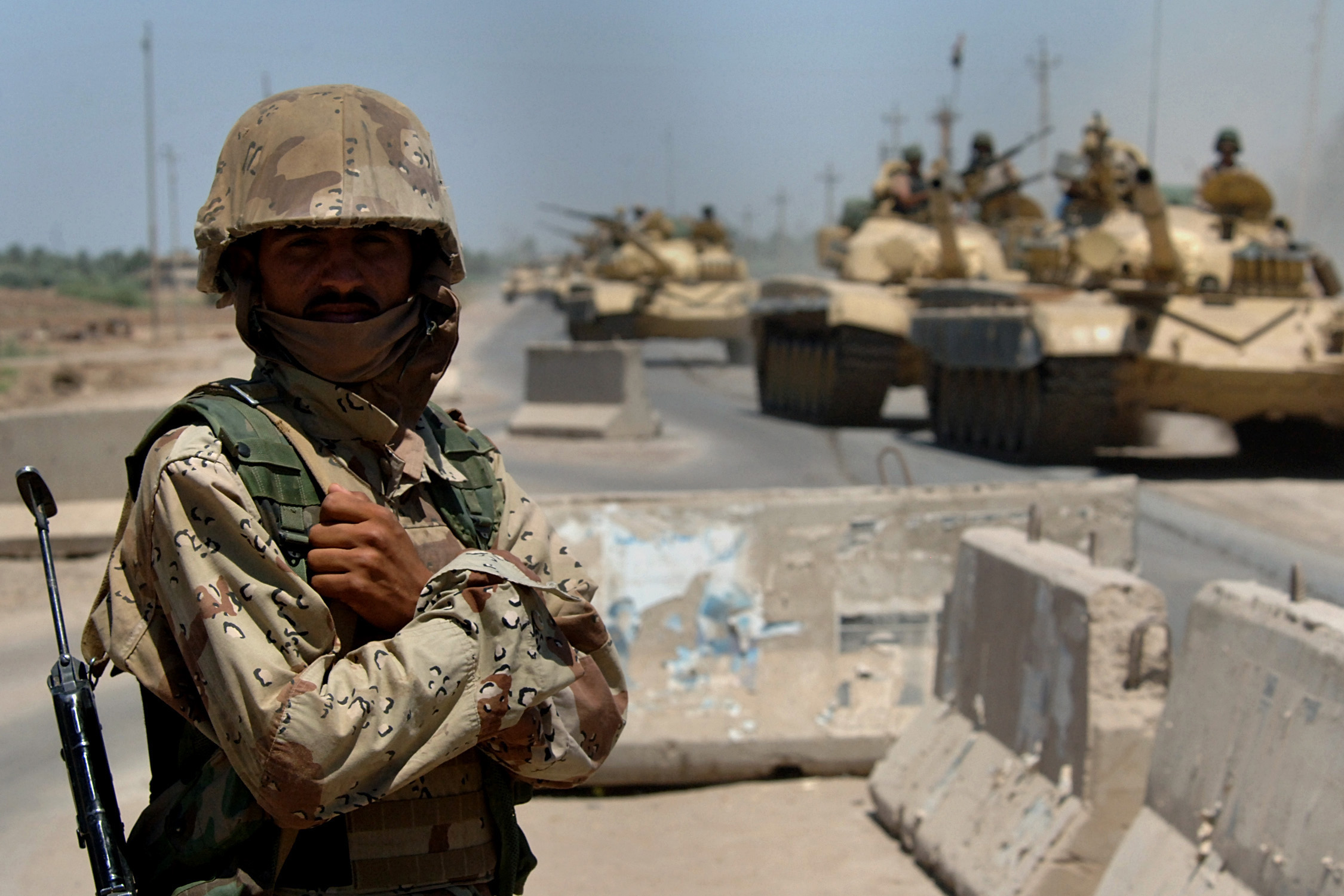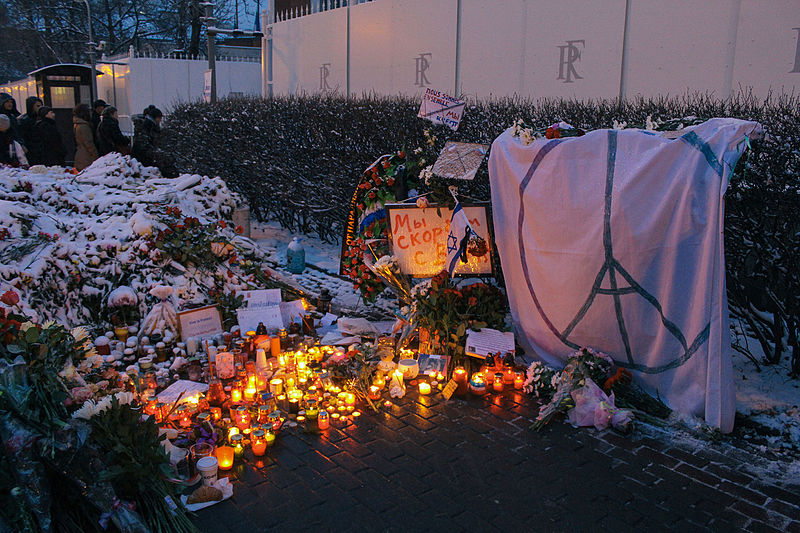As riots have erupted across the United States over the murder of George Floyd by a Minneapolis police officer on May 25th, much of the violence and chaos has been enflamed by conflicts between right-wing agitators and the left-wing counter-protesters known as “Antifa.” Antifa –short for antifascist– is a decentralized association of groups and individuals on the far left, united in their aggressive opposition to fascism, police brutality, racism, and other forms of right-wing extremism.
While President Trump has remained silent on the issue of right-wing extremism during the protests, he has instead chosen to blame Antifa for escalating the violence, tweeting that “The United States of America will be designating ANTIFA as a Terrorist Organization” on May 31st.
In this week’s edition of the Editors’ Forum, the program editors at NAOC give their input on Antifa’s classification as a terrorist organization and its implications.
Rachael McCulloch – Program Editor of Women in Security
Defining Terrorism: Does Antifa fit the bill?
Every country has a different way of defining the concept of terrorism. From a Canadian point of view, it is easy to see that Antifa could fit into the Criminal Code’s definition.
The Criminal Code defines terrorism as “an act committed in whole or in part for a political, religious or ideological purpose, objective or cause, with the intention of intimidating the public”.
Antifa’s ideologies are rooted in the belief that if there had been more violent opposition to horrors such as the Holocaust before it was too late, these instances would not have happened and millions of lives would have been saved. They argue that violence against those whom they classify as fascists is not only ethically justifiable, but necessary. Their actions are undoubtedly ideological and political in nature and therefore fit nicely into the above definition.
However, there is a strong argument that governments should avoid using general definitions of terrorism such as this because they create the risk of any form of unconventional violence being defined as terrorism. Throwing the term terrorism around often has more to do with the ideological orientation of the people making the claim, than with the anti-fascist movement itself. It can also become a political move that attempts to discredit opponents by associating them with extremism.
Finally, comparing antifa to other more violent terrorist groups creates a false equivalency. To date there are no confirmed antifa-related deaths, and the FBI has stated that they do not believe there has been a high antifa presence at any of the recent Black Lives Matters protests. Placing the group in the same category as terrorist organizations that have murdered, kidnapped and caused other large scale damage creates an unrealistic vision of the group and does a disservice to those trying to understand the organization, its motives, and the potential threats it poses.
Chloe Ketels – Program Editor of Emerging Security
Organization or decentralized network: What really is Antifa?
Labelling Antifa as a terrorist organization supposes that it is an organization. It is not. Instead, it would be more appropriate to refer to Antifa as an international network of far-left militants including notably anarchists, communists, environmentalists and anti-globalists. These militants do not necessarily share the same beliefs but are unified in the fight against fascism. In other words, there is no Antifa ideology. This movement built itself in response to authoritarianism and alt-right ideologies.
Antifa is also characterized by its decentralized and “leaderless” nature. As Louis R. Beam noted about the movement, “all individuals and groups operate independently of each other, and never report to a central headquarters or single leader for direction or instruction.” This characteristic explains the multitude of means of action resorted to by Antifa groups. They often disrupt alt-right gatherings and demonstrate in the street, but they also organize meetings, festivals and operate in universities. A French Antifa movement, entitled La Horde, even maps out the structure of alt-right movements in France each year, an initiative often reused by journalists. On the other hand, some Antifa groups see violence as a legitimate and necessary means of political action against fascism, thus resorting to localized attacks and vandalism.
While the use of violence is condemnable, terrorist incidents perpetrated by Antifa militants remain a small proportion of overall terrorist attacks in the United-States. Still, they are heavily covered by the media, thus contributing to a representation of Antifa more radical than it is. The demonization of Antifa in some media outlets is partly explained by the culture of secrecy maintained by some Antifa groups, notably through the use of pseudonyms, and encrypted peer-to-peer networks and messaging services. When organized in black-blocs during demonstrations, Antifa militants tend to wear all-black clothing and conceal their faces with masks and scarves. Although these practices seem crucial to avoid being recognized by the police and alt-right militants, they also convey a threatening image to the public and the media.
Alex Johnson – Program Editor of Cyber Security and Information Warfare
Antifascist or Anti-factual? The Implications of Declaring Antifa a Terrorist Organization
According to The Global Terrorism Database (GTD)–an American data-collection resource that identifies patterns of terrorism through statistical analysis– Antifa’s violent altercations do not meet the minimum requirements established by the GTD to be called terrorist attacks, as Antifa has not demonstrated the premeditated desire to use violence as a means to achieve its political goals.
By declaring Antifa a terrorist organization, it is assumed that law enforcement could intervene more effectively against those who commit acts of violence under Antifa’s banner. Although domestic terrorism is defined in the 2001 Patriot Act, the legislation contains no laws under which domestic terrorists could be charged and it also fails to explicitly forbid efforts that support domestic terrorist organizations.
President Trump has frequently been the target of Antifa and its supporters due to his perceived sympathy for alt-right groups. By declaring Antifa a terrorist organization, President Trump would provide the right-wing radicals within his electorate with the moral justification to continue their campaign of violence and armed intimidation against those who exercise their first amendment rights in protest of the President and his government. Many experts believe this would be unconstitutional.
Although Antifa’s opposition to racism is certainly commendable, the violent tactics used in their counter-protests are unacceptable. Incidents of Antifa-fueled violence contribute to the narrative of victimhood employed by the alt-right, which is central to the effectiveness of their propaganda. However, both the racist ideologies and extremely violent tactics used by right-wing extremists are emblematic representations of real domestic terrorism, earning them the top spot among terrorist threats to the United States in 2020.
Cover picture: An Antifa flag held by protesters in Leipzig, Germany (2020), by Gregor Wünsch via Flickr. Licensed under CC BY-SA 2.0.
Disclaimer: Any views or opinions expressed in articles are solely those of the authors and do not necessarily represent the views of the NATO Association of Canada.




